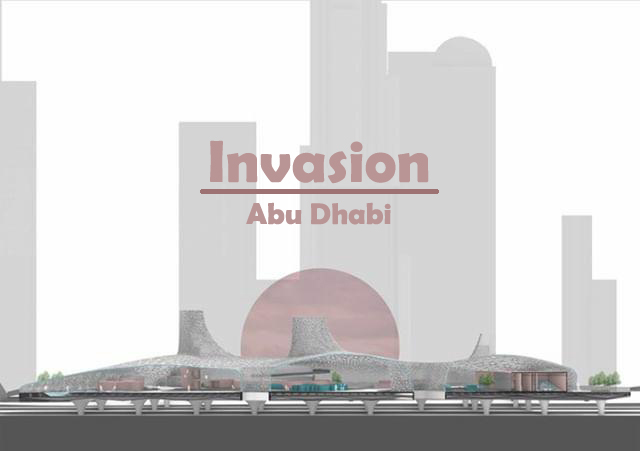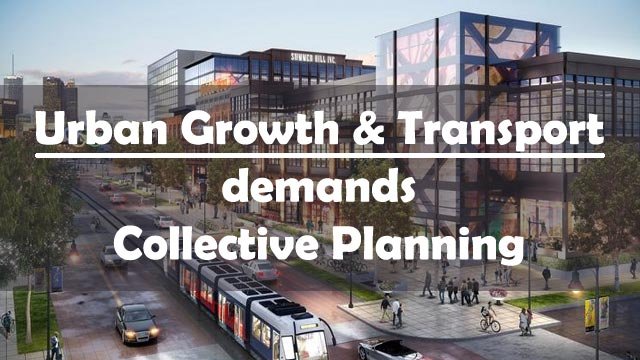
Urban Design
Urban Design – to find the threshold for monotony and variety.
It concerns the arrangement, appearance and functionality of towns and cities and in particular the shaping and uses of urban Public Spaces. “Urban Design is generally accepted name for the process of giving physical design direction to urban growth, conservation and change. It is understood to include landscape as well as buildings, both preservation and new construction and rural areas as well as cities.”
Modern Cities – Chandigarh, Bhuvneshwar, Gandhinagar
Medieval Cities – Shahjahanabad, Madrai, Jaipur
Baroque Cities – Delhi
Urban Design forms the intersection of urban planning, landscape architecture and architecture and it requires a good understanding of a range of others as well such as urban economics, political economy and social theory.
Urban Design Theory deals primarily with the design and management of public spaces (i.e. public environment, public realm, public domain) and the way public places are experienced and used. Public space include totally of spaces used freely on day-to-day basis by general public such as streets, plazas, parks and public infrastructure.
“Urban Design” is the composition of architectural form and open space in a community context. The elements of a city’s architecture are its buildings, urban landscape and service infrastructure just as form, structure and internal space are elements of a building. Whether public or private in actual ownership, urban design comprises the architecture of an entire community that all citizens can enjoy and identify their own. Like architecture, urban design reflects considerations of function, economics and efficiency as well as aesthetics and cultural qualities. It has a very bright future in years to come and a lot of students are adopting it for post graduation.



